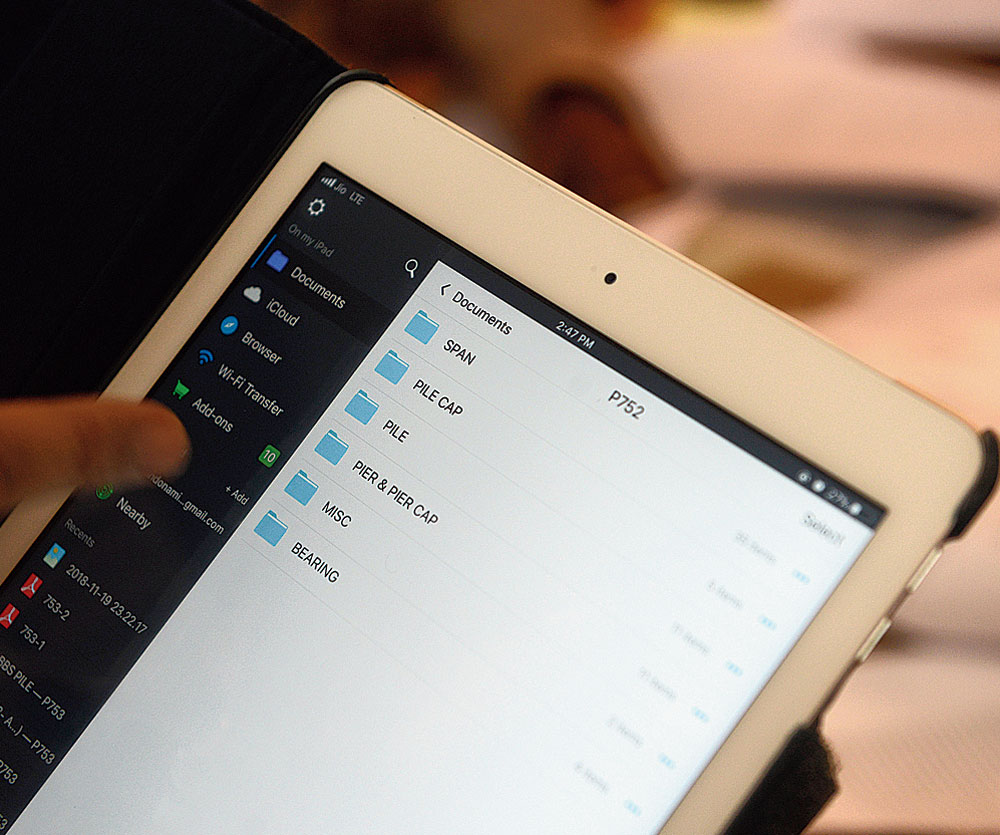Newly built pillars of Metro projects are being QR-coded with their construction DNA for quick reference, unlike older infrastructure with sketchy or no technical details available to engineers when they need them.
Rail Vikas Nigam Ltd (RVNL), the implementing agency for the New Garia-Airport Metro corridor, has started with two piers that support the viaduct in front of City Centre, New Town.
Both these pillars have a QR code each that contains information ranging from design and construction details to inspection information, all of which can be unscrambled with a scan and read with a password input.
The absence of such details had put the state government in a fix after a portion of the Majerhat bridge collapsed in September.
“An app is used to access the data of a particular pillar or a stretch of a viaduct or track. The QR code is scanned and that provides a link to the password-protected document,” an official said.
A duplicate QR code is to be stored in the RVNL office, just in case.
“If, during an inspection, an engineering team needs a particular piece of information, scanning the QR code on the pillar is the fastest way to finding it,” the official said.
Engineering details about each pillar are to be stored in a the QR-coded file. The information could be in the form of drawings of the pier and the span, a list of what lies underneath, materials used, the quantity of those materials and even procurement details.
“The average life of these constructions is 120 years. But to ensure that the structures remain safe, particularly if there has been an earthquake or an accident, there must be routine checks. Access to data is crucial to safety checks,” a senior RVNL official said.
When the Majerhat bridge collapsed, the public works department could not find the engineering drawings and other construction details of the structure that was built in the 1960s. Such difficulties won’t arise if and when the newer Metro structures need repairs and maintenance, engineers said.
Indian Railways has a drawing department to maintain records of all structures built by it. But railway officials said that maintaining a huge volume of hard-copy data had become outmoded. Not only are files difficult to store, they are even harder to trace when needed.
QR codes — the abbreviation stands for “quick response” — on all Metro pillars could be the solution. The New Garia-Airport stretch will have 800-odd piers along the 26km stretch.
“We are planning to use QR codes to store technical information about the Joka-Esplanade and Noapara-Baranagar projects too,” a railway official said.

The unscrambled QR code data. Pictures by Bishwarup Dutta










